
Theatrhythm Final Fantasy - Review
by Gordon Bryant , posted on 11 July 2012 / 5,400 ViewsSquare Enix may not be the fan favorite they once were, but there's no denying that when they make a game with fan service in mind, they go the distance to make sure it's the best it can be. Dissidia could have been a simple one on one fighting game, but a lot of love went into it and it ended up being one of the deepest, most interesting takes on the genre I've ever seen thanks to its nuanced fighting style and RPG elements.
When I first heard of Theatrhythm Final Fantasy, I thought the idea of meshing a rhythm game with RPG elements seemed a bit superfluous and after seeing the game in action I still wasn't impressed. However, after playing the demo at E3 this year, the title rocketed its way to the top of my must-have list for the 3DS. After spending over 20 hours playing various tunes from the legendary franchise, I'm still not entirely sure if this qualifies as fan service, or if I'm just falling victim to genius marketing! Because, while I certainly enjoyed the game itself, I found myself wanting to go back and play every game in the series again; Theatrhythm even achieved the impossible, giving me a fleeting desire to return to Final Fantasy XIII.
Like Dissidia before it, there's a lot more to Theatrhythm Final Fantasy than it seems at first. The object of the game is to collect Rhythmia – an important type of energy that bridges the gap between good and evil in the Final Fantasy universe – by playing the various tunes from each game and restoring harmony. There are three different types of song to play, each with their own gameplay features and focuses: Battle music, Field music, and Event music; there are also the intro/ending themes for each game as well, but that's just there to fill time as the plot is fleshed out. Each of first thirteen games in the series has one of each type in the basic difficulty mode, but expert and ultimate mode can also be unlocked for people looking for a real challenge.
Each of the three music types require you to tap, slide, or drag the stylus along the touch screen in time with the notes as they show up on the top screen. When playing the Battle music themes your four chosen characters face off against a series of enemies in a fight to the death. Don't worry about matching up your taps, swipes, and holds with the four different tracks; it's about timing as opposed to location. Field music is a bit more in-depth but generally tends to be more mellow compared to the Battle music. In addition to the features that can be found in Battle music, Field music adds a 'wave' or 'slide' feature that requires you to hold down the stylus and drag it up or down in sync with a line that makes its way across the screen. Like in Battle mode, you do not need to match up the initial location of the 'wave' on the bottom screen; it's all relative to where you initially touched. As you go through the wave, there will be dots in the line to give you bonuses and points. Event music doesn't add any additional gameplay elements, but the style is decidedly different from Battle or Field music; instead of the notes scrolling across the screen, the track is an erratic pattern that dances around the top screen in time with the video that's being played in the background, such as the dance scene from Final Fantasy VIII, which makes you tap and drag in time with Squall's dance movements.
There are three gameplay modes in Theatrhythm: Series, Challenge, and the Chaos Shrine. Series mode is the first mode you will want to play, as all thirteen Final Fantasy titles' songs are available from the beginning. In series mode, all of the songs are set to basic difficulty, and you have to go through the intro, battle, field, event, and ending music all in one go. Once all of the songs from any one Final Fantasy are complete they are unlocked in Challenge Mode. The intro and ending music themes are simple taps in time with the beat, and can be skipped, but give a lot of Rhythmia. Challenge mode is the quickplay version of the game, allowing you to play any of the unlocked songs on basic and expert difficulties; if you complete a song on expert with an A ranking or above, it unlocks the much more challenging ultimate difficulty.
The most interesting and substantial mode, however, is the Chaos Shrine, where you're given a random combination of one field and one battle theme from any Final Fantasy game with all sorts of little quirks to keep it interesting. If you beat the songs, you unlock a dark note, of which there are 99 total for the collectors out there. The draw behind the Chaos Shrine is that instead of picking difficulties, the track's difficulty fluctuates throughout so even if you play the same song a dozen times, the charts are always subtly different. Once you hit about the 60th dark note, the game also starts giving you spinning notes to really ramp up the difficulty.
What really separates Theatrhythm from other touch-based rhythm games is the addition of RPG elements. As I mentioned earlier, you choose 4 heroes from any of the Final Fantasy games that each have different stats that have particular effects on different song types; Magic and Strength give a player a boost in battle, Agility gives you a boost in the field, and Luck helps out with the event scenes. As you complete songs you acquire experience (and sometimes items if you perform well enough). When playing Battle music, hitting notes does damage to enemies but missing notes means they hit you, and once your HP runs out, that's the end of the song and you fail. There's also a feature segment in each song that will allow you to perform a summon move for extra damage in Battle mode, summon a chocobo to gain more speed in Field mode, or extend the song for more points in Event mode if you hit it with great enough accuracy. You get bonuses based on a variety of factors such as accuracy, rank, enemies defeated, or even quirky bonuses like having an all-male team or having a member in your team that is featured in the same game as the song you just played.
The RPG elements make the game stand out by giving the player goals in addition to just tapping and sliding away for high scores. You can customize your characters, use items to get through challenging songs, and above all else the constant rewards are always there to urge you forward. You get new items, unlocks, and bonuses with every 500 Rhythmia points you get, so a new reward is never more than a few songs away, and since the songs are nice and short - perfect for portable play – there's always a clear incentive to keep going. There are dozens upon dozens of character cards to collect, songs and videos to unlock for the media player that turns your 3DS into a Final Fantasy MP3 player, multicolored crystals to unlock new characters, new songs to play in the Encore of Challenge mode, and so on. Sadly, not all of the songs are available in Challenge mode, so while the advertised “70+ songs” claim is technically true, the number of songs you can just hop in and play is less than 50. For those looking to expand their song collection, Theatrhythm already has over half a dozen songs available for download at 99c per track, and many more songs are in the works.
There's no denying the game has a certain charm thanks to its simplistic chibi character and enemy models; a sense of nostalgia that's compounded by the game-specific backgrounds for each of the three song types. I'm also quite happy that my primary concern about the game has been addressed, so if you're put off by the overbearing chiming noise drowning out the wonderful score (like I was), then you can limit its volume or mute the chiming entirely. Another way around this problem is to simply wear headphones (in fact I highly recommend you use headphones while playing Theatrhythm anyway, because you'll get a better appreciation for the music and having white noise blanketing the sound can be a dampening experience).
In addition to the addicting gameplay and RPG elements, the game has a steady stream of nostalgia headed your way. Like I said earlier, Theatrhythm actually did the impossible and made me look back fondly on my time with Final Fantasy XIII, which is impressive because I didn't think the soundtrack to that game was particularly impressive until I had the chance to give the tracks a more thorough listen in this title. As an added bonus, Theatrhythm seems to have a love for Final Fantasy VI that matches my own, and the glory of being able to play both One Winged Angel and Dancing Mad back to back is an experience not to be missed. The Final Fantasy series, even at its worst, is still head and shoulders above most other games with respect to sound design, and Theatrhythm is the perfect showcase for some of the best musical talent in the industry. While there's no denying that it's a niche title, it does what it does so remarkably well that I can recommend it to anyone with an interest in rhythm games or Final Fantasy.
This review is based on a retail copy of Theatrhythm Final Fantasy for the 3DS.
VGChartz Verdict
8.5
Great








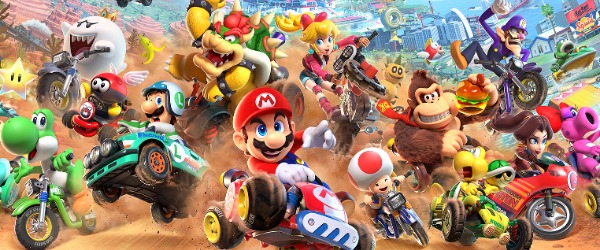
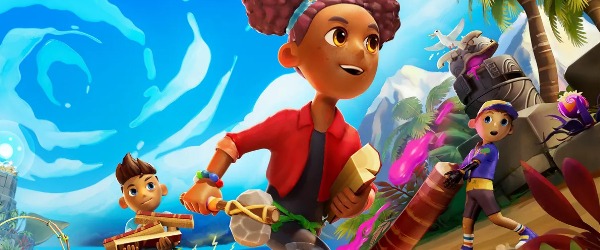
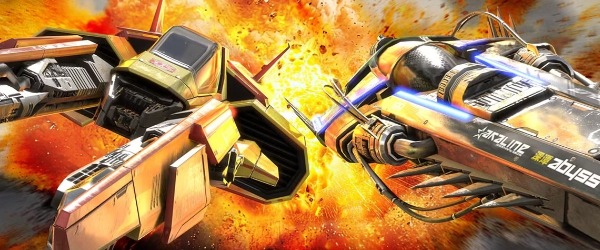
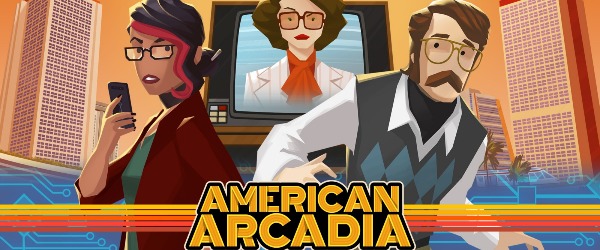













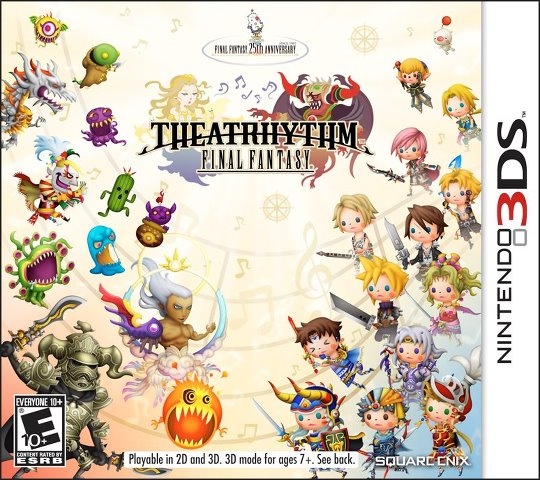

 Essay Pro
Essay Pro